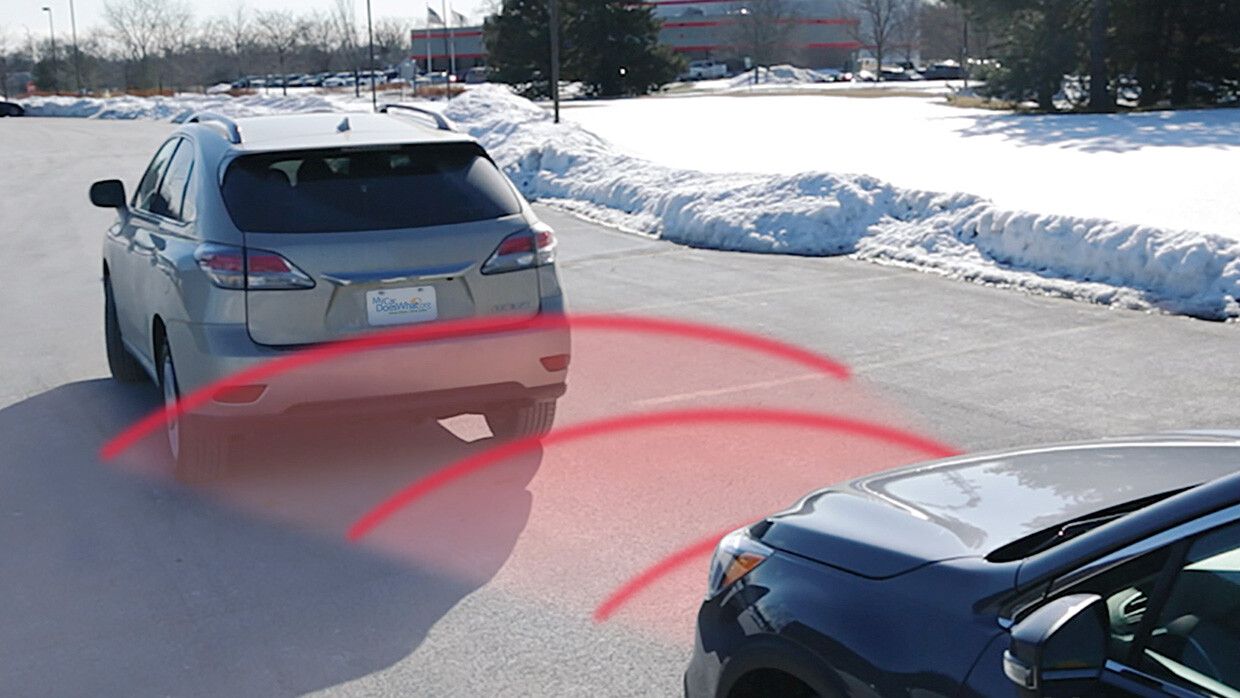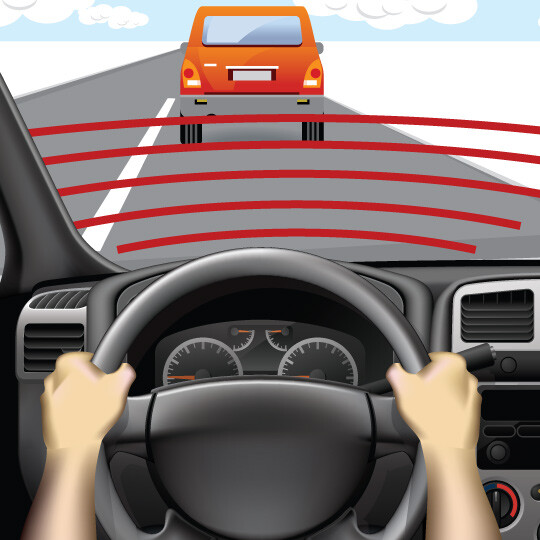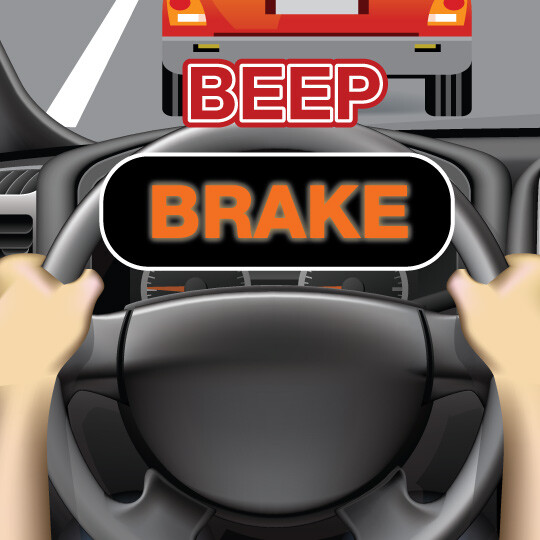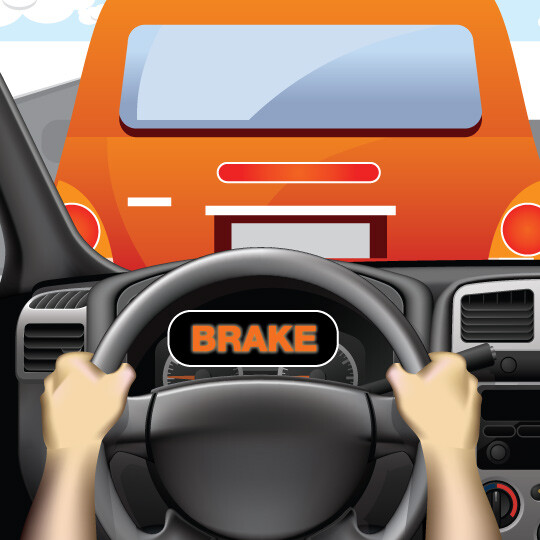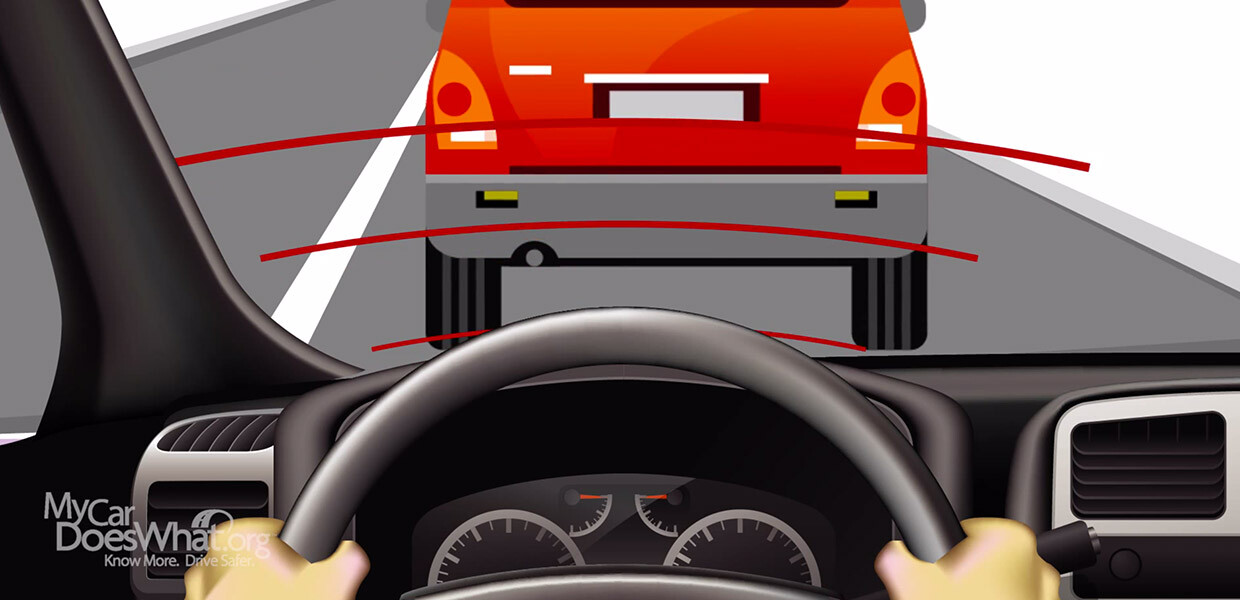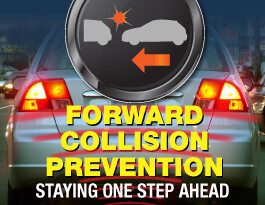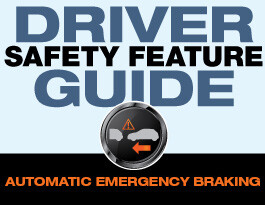Automatic Emergency Braking
This feature can sense slow or stopped traffic ahead and urgently apply the brakes if the driver fails to respond.
What It Does: Uses sensors to track cars ahead and automatically slam on the brakes in an impending crash.
What It Does Not Do: It can’t always prevent a rear end collision, but may lessen the severity.

